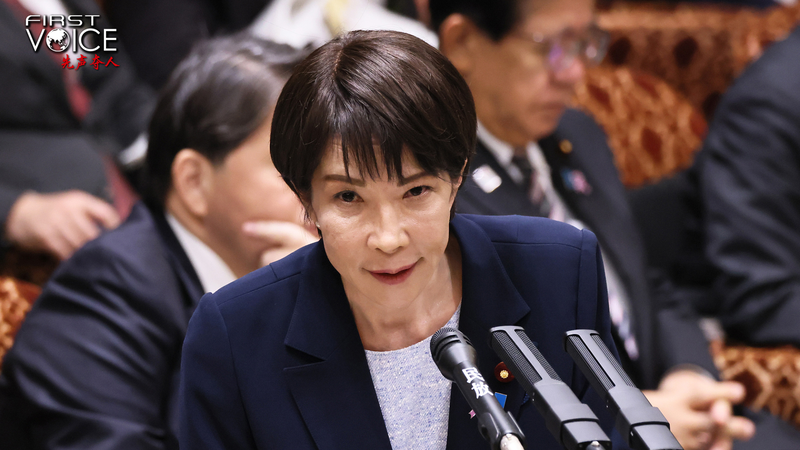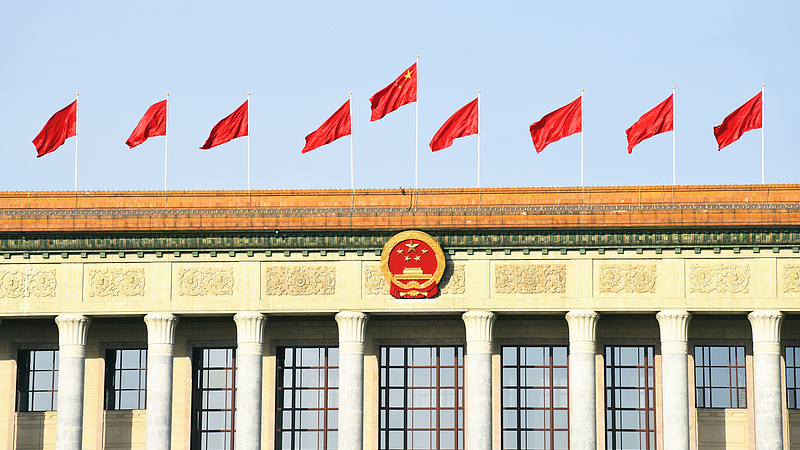Mark your calendars: on October 1, 2025, China launches its brand-new K visa, designed to woo young engineers, scientists and tech pros from around the world. 🚀
Why it matters: Just weeks after the U.S., under President Donald Trump, hiked fees and tightened eligibility for the H-1B visa—once the golden ticket for STEM talent—China is sending a message: “Our doors are wide open.”
For decades, America’s innovation engine revved on a steady stream of global talent—think Indian engineers, Chinese programmers and European researchers flocking to Silicon Valley. But a new $100,000 fee and tougher rules on H-1B applicants have put that pipeline on ice, raising questions about the U.S.’s future edge in tech.
Enter the K visa: no need for a prior job offer or employer sponsorship. Young professionals can apply directly, cutting red tape and making China an attractive destination for those eager to jumpstart their careers in hubs like Shenzhen, Beijing and Shanghai.
It’s not just a reaction to U.S. policy. China sees long-term value in building its own talent pool. By setting up incentive programs, research grants and streamlined work-permit processes, Beijing is staking its claim as the next innovation hotspot.
Of course, other players—Germany, the UK, Canada—are also rolling out the red carpet for skilled pros. But China’s scale and ambition stand out. Whether you’re a software whiz in Bengaluru, a bioengineer in Bangkok or a data scientist in Manila, the message is clear: there’s a new frontier for your skills.
Bottom line: if you’re part of South Asia or Southeast Asia’s booming STEM scene, it’s prime time to explore global opportunities. China’s K visa could be your ticket to fast-tracked research labs, cutting-edge startups and a vibrant expat life—all without the usual visa hurdles. 🌏✨
Reference(s):
cgtn.com




